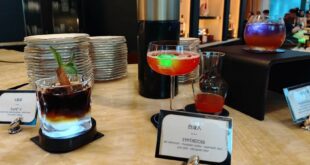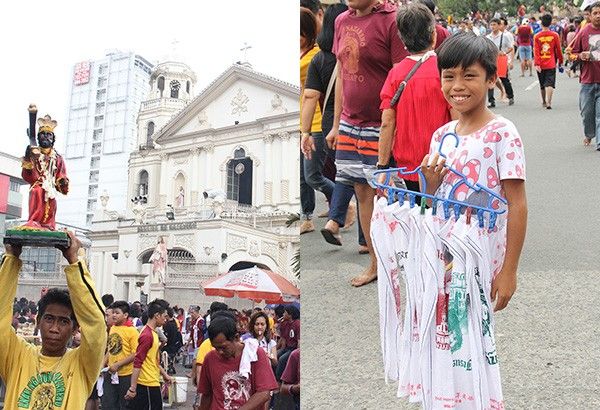
MANILA, Philippines — Quiapo in Manila is definitely the center of activity on the Feast of the Black Nazarene every Januay 9.
Except for devotees who decide to meet the Black Nazarene right where the procession will begin and those who choose to wait along the procession path, thousands wait in Quiapo for its arrival at the Minor Basilica of the Black Nazarene, better known as Quiapo Church, where it is enshrined.
Due to its strategic location in Manila, Quiapo became the earliest central business district and the center of activity in terms of social, cultural, commercial, educational, and religious pursuits. The town square stands right in front of Quiapo Church, whose annual Feast of the Black Nazarene procession drew huge crowds back then and continues to attract millions of devotees to this day.
Even on an ordinary day, Quiapo is bustling with activity despite the fact that the central business district of Metro Manila has shifted to Makati, Ortigas, Alabang, and Bonifacio Global City. So it is nice to explore Quiapo and its many diverse attractions.
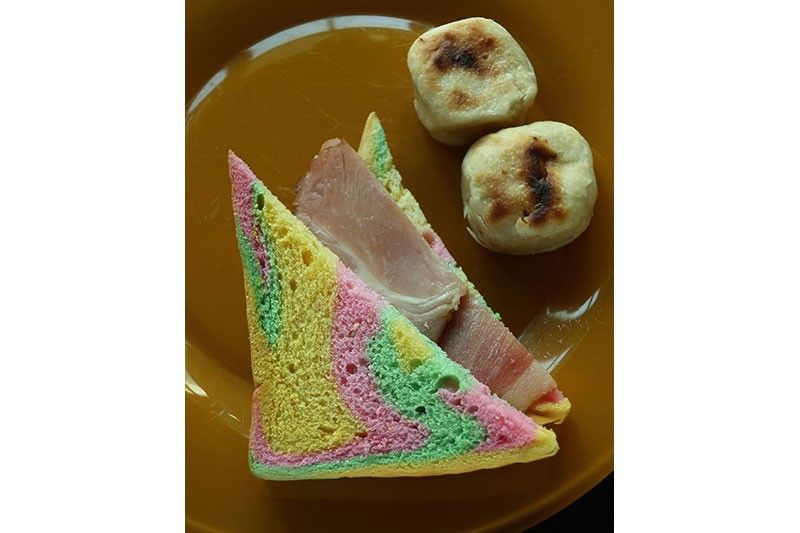
No need to go far. Around Quiapo Church are many activities and places of interest, as vendors offering candles for different intentions — red for family relations and peaceful soul, pink for love and health, white for purity and success, green for money (job or business) and travel, blue for peace of mind, brown for good fortune, violet for material wealth, maroon for healing, peach for studies, and black for conscience, among others.
Just across the narrow pathway is a row of stalls selling herbal and folk medicine. From fresh and dried leaves that are made into tea, such as pito-pito (seven kinds of leaves) and guyabano leaves for overall good health, to concoctions like gayuma (love potion) and alternative medicine.
Further down the town square, along Hidalgo Street, is a flower market. Stalls selling a variety of flowers line the street. Here you can buy big bunches of roses, mums, gerberas, and orchids at wholesale prices. The vendors can also make flower arrangements and bouquets upon request.
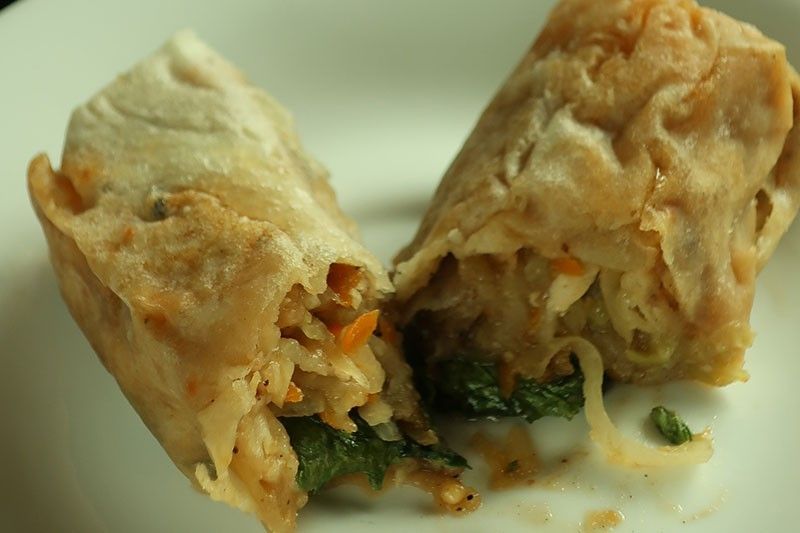
Everywhere else, stalls selling fruits and vegetables, cooked food like assorted noodles and kakanins, ukay-ukay clothes, and all sorts of what-have-yous can be found, making Quiapo bustle with activity every day of the week.
Quiapo has also become home to many iconic restaurants serving Chinese style food. Known as the “Old Downtown of Manila,” Quiapo is where popular restaurants such as Ma Mon Luk Restaurant, Ramon Lee’s Panciteria, Ongpin Mañosa Restaurant, and New Toho Food Center, thrived.
Some of them have survived through the years and continue to attract diners with the heritage food that they serve. There is also Excelente Ham, a store near Quinta Market that sells both whole hams and shaved ham by weight. During special occasions, such as Christmas, people really queue up to buy shaved ham not only because it is a holiday tradition but also because the ham is really good and makes a good edible giveaway for family and friends. Then there is the Globe Lumpia House, which occupies the old Globe Theater premises and sells lumpiang sariwa (made from ubod or heart of palm and served with a brown sauce), which people really queue up for.
This is just one side of the food culture of Quiapo. The other side is Halal food. With Quiapo serving as home to a big Muslim community called the Quiapo Muslim Town, Halal food is available in various forms — from restaurant fares to street food. It is basically Maranao food that starts with palapa, a common condiment enjoyed in all Maranao homes, as well as main fares such as Beef Rendang and Chicken Piaparan, all the way to sweet treats like Dodol.
The diverse food culture of Quiapo was the subject of Quiapo A La Carte: Food Culture in Transit, an online dinner event organized by Ateneo de Manila University students taught by Dr. Fernando Zialcita in early 2022. With the assistance of Mama Sita Foundation, the group hosted an online dinner since the pandemic was still on at that time. Guests received a three-course meal in the form of two bentos for dinner as curated by award-winning book designer, historian and food writer Ige Ramos and prepared by Chef Waya Araos-Wijangco of Gourmet Gypsy Café.
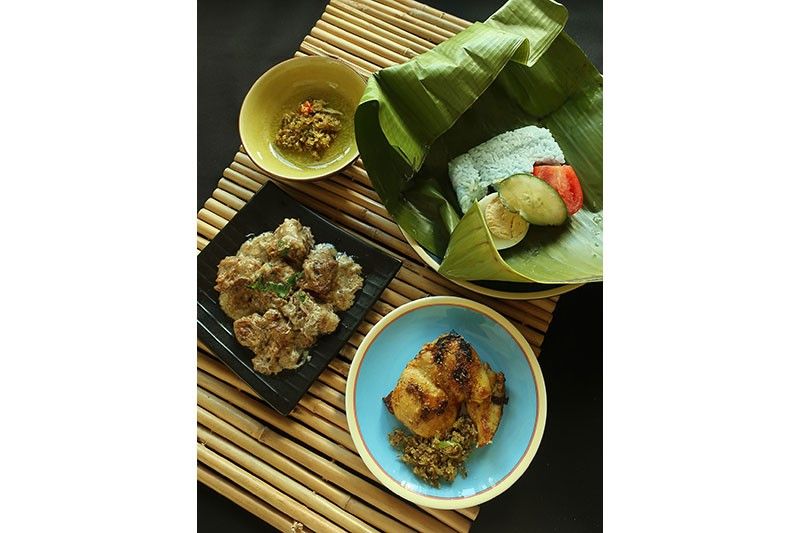
The event aimed to celebrate Quiapo’s food culture, which embodies the rich cultural diversity of the Philippines. The two bentos represent the two different sides of Quiapo’s food culture. The first one represented the Chinoy influence, with Globe style lumpiang sariwa, Rainbow Bread of Bakerite Bakery with Excelente Ham, and Hopia Mongo and Hopia Baboy from Kim Chong Tin.
All are heritage food items that became known in Quiapo, and continue to be "OG" (original) "discoveries" for those who explore Quiapo. The second bento represented Quiapo’s Halal food, with Pastil, Palapa, Beef Rendang, and Chicken Piaparan. All are staples in Maranao cuisine. These — and more — can still be found in the many food stalls and restaurants around Quiapo Muslim Town.
And, oh, Quiapo was named after a water lily called kiyapo (scientific name: Pistia stratiotes), which floated in the waters of Pasig River bounding Quiapo to the south.
*****
Credit belongs to : www.philstar.com
 MaharlikaNews | Canada Leading Online Filipino Newspaper Portal The No. 1 most engaged information website for Filipino – Canadian in Canada. MaharlikaNews.com received almost a quarter a million visitors in 2020.
MaharlikaNews | Canada Leading Online Filipino Newspaper Portal The No. 1 most engaged information website for Filipino – Canadian in Canada. MaharlikaNews.com received almost a quarter a million visitors in 2020.



